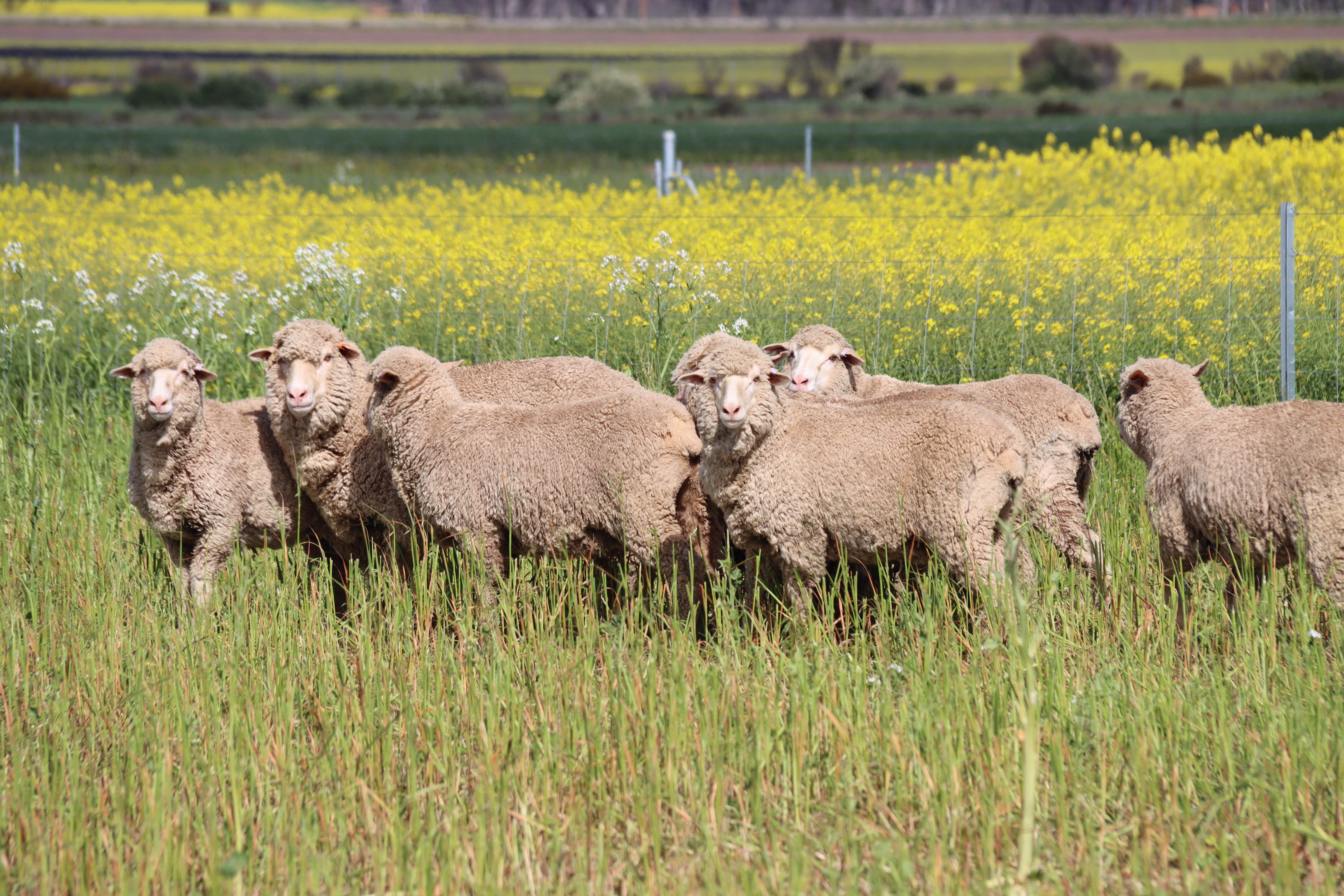
Scrapie
Australia is free of scrapie. Australia is recognised by the World Organisation for Animal Health (WOAH) as having a negligible risk of bovine spongiform encephalopathy (BSE).
Undertaking surveillance for scrapie is critical to maintaining this status which enables Australian lamb and beef to trade into premium markets around the world.
If you suspect signs consistent with scrapie contact your veterinarian. Subsidies are available for a veterinary investigation. Information collected supports your lamb and mutton export market access.
About scrapie
Scrapie is one of the diseases called transmissible spongiform encephalopathies (TSEs) or ‘prion’ diseases. These diseases have long incubation periods during which an abnormal protease-resistant isoform of a prion protein accumulates in the central nervous system. It is a fatal, progressive, degenerative disease of the central nervous system of sheep and goats.
Australia
Australia is free of scrapie and is recognised as meeting the WOAH requirements for a scrapie historically free country.
Scrapie could be introduced into Australia through the importation of infected sheep or goats, or through the use of a veterinary biological product, such as a vaccine that contains a contaminated ingredient.
Australia protects its free status and ensures continued freedom from scrapie through border biosecurity controls and the national TSE Freedom Assurance Program (TSEFAP).
Border Controls the import of live ruminants, animal products and animal feeds, and the TSEFAP monitors compliance with a legislated ban on feeding risk feedstuffs such as meat meal to ruminants (sheep, cattle and goats), and conducts and reports targeted surveillance of mature sheep showing neurological signs.
Global
While scrapie has a long history and attempts have been made over the years to control and eradicate the disease, it remains endemic in many countries. Scrapie is present in several European Union member states, especially the United Kingdom, Canada, the United States, Iceland, India, Japan, Brazil and Israel.
Scrapie should be suspected in sheep or goats that develop a slowly progressive neurological disease. Signs observed may include:
- reduced exercise tolerance (usually the earliest sign)
- staggery gait
- excitability
- tremor, especially of the head and neck and in response to stimulation
- severe persistent itchiness leading to rubbing of wool and skin trauma (although this is not always present)
- excessive nibbling or licking after rubbing along the spine over the rump
- emaciation or obesity may occur in the later stages of the disease.
Some metabolic diseases can present similarly to scrapie such as pregnancy toxaemia (twin lamb disease) and hypocalcaemia (milk fever), as well as diseases that cause itching such as lice and mites. Infectious disease such as listeriosis (circling disease), a brain or spinal abscess, or focal symmetrical encephalomalacia (the chronic form of pulpy kidney) can also present similarly to scrapie.
Some toxicities can present similarly to scrapie such as lead poisoning, annual ryegrass toxicity, botulism and urea poisoning.
Atypical and ‘classical’ scrapie are different and separate diseases but present with similar signs. Atypical scrapie is a non-contagious, sporadic, degenerative brain condition which can arise spontaneously in older sheep and, less commonly, in goats. It has been diagnosed in more than 20 countries worldwide. Most countries that test large numbers of sheep for classical scrapie have found cases of atypical scrapie. Atypical scrapie does not require WOAH notification and cases do not impact on trade.
Some exotic diseases such as rabies can also present similarly to scrapie.
The main mode of transmission of scrapie is from ewe to lamb immediately after birth and to other susceptible newborns exposed to the birth fluids and tissues of an infected animal. Infection can also pass horizontally to unrelated animals, even without direct contact. Pasture previously grazed by, or buildings previously inhabited by, infected animals also present a risk. Animals incubating the disease, and even animals that never develop clinical signs, may be a source of infection to others.
The incubation period of scrapie varies but it is usually measured in years. The incubation period can be influenced by host genetics and strain of scrapie.
There is no treatment for affected sheep and goats. Once the signs develop, the affected animal will eventually die.
Australia is free of scrapie. Australia is recognised by the World Organisation for Animal Health (WOAH) as having a negligible risk of bovine spongiform encephalopathy (BSE).
Undertaking surveillance for scrapie is critical to maintaining this status which enables Australian lamb and beef to trade into premium markets around the world.
If you suspect signs consistent with scrapie contact your veterinarian. Subsidies are available for a veterinary investigation. Information collected supports your lamb and mutton export market access.
How to report sheep with signs of scrapie
Suspicion of scrapie must be reported in WA. If you suspect any signs of disease consistent with scrapie in sheep and goats in your flock or herd, you must report it.
There are 3 ways you can do this.
